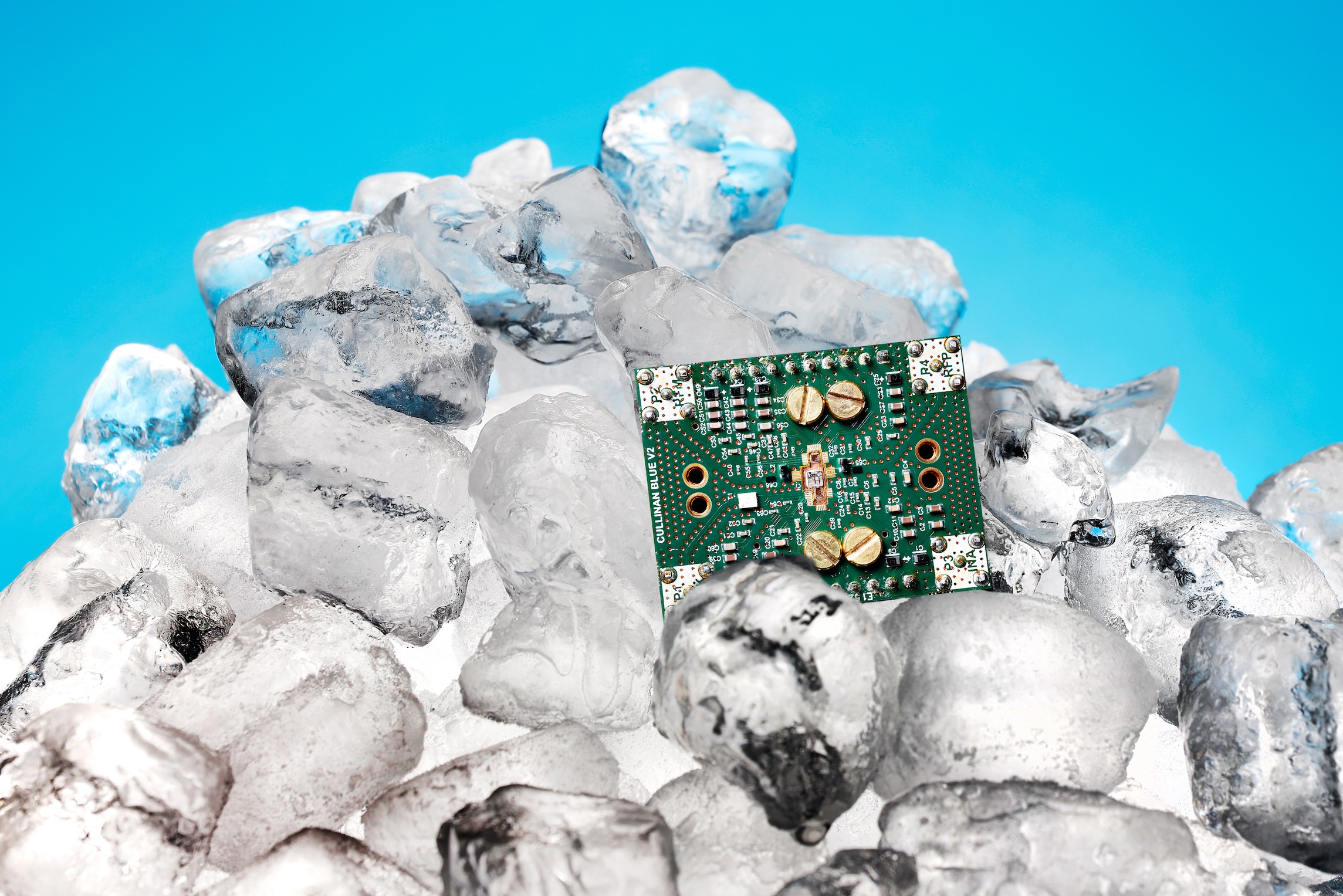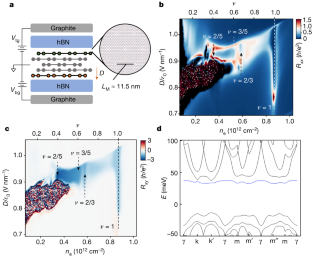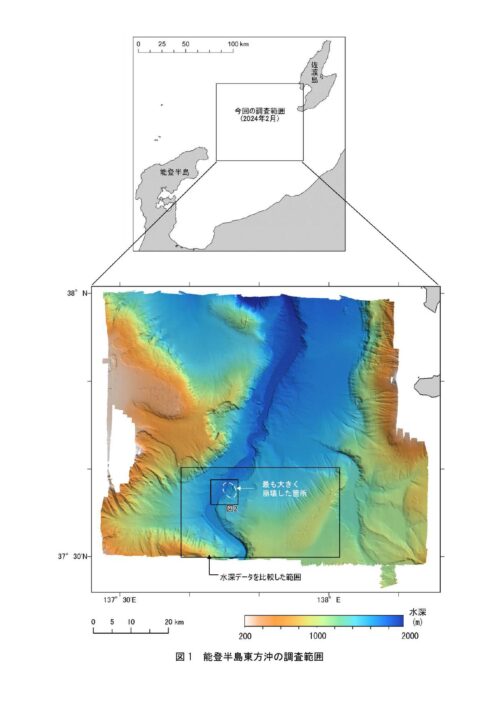2024-02-21 オランダ・デルフト工科大学(TUDelft)

Control electronics developed to withstand extreme cold, artistically shown on a pile of ice. Image credit: Bas Czerwinski for QuTech.
この研究は、将来の機能的な量子コンピュータにおいて数百万の量子ビット(または「qubits」)を含むことが期待されています。これらの量子ビットは、暗号学、最適化、シミュレーションなどの分野で、古典的なコンピュータよりもはるかに高速に複雑な問題を処理できるだけでなく、古典的なコンピュータでは解決できない問題を解決できる可能性があります。これは計算の歴史において重要なマイルストーンとなります。この論文の詳細は、IEEEのISSCCで発表される。
<関連情報>
- https://www.tudelft.nl/en/2024/tu-delft/freezing-electronics-to-control-diamond-spin-qubits
- https://pr.fujitsu.com/jp/news/2024/01/25-1.html
- https://ieeexplore.ieee.org/document/10454348
色中心ベースの量子コンピュータのためのクラスDEドライバとDC磁場チューニングを備えたクライオCMOSコントローラ A Cryo-CMOS Controller with Class-DE Driver and DC Magnetic-Field Tuning for Color-Center-Based Quantum Computers
Luc Enthoven; Niels Fakkel; Hans Bartling; Margriet van Ri,…
2024 IEEE International Solid-State Circuits Conference Date Added to IEEE Xplore: 13 March 2024
DOI:https://doi.org/10.1109/ISSCC49657.2024.10454348
Abstract
Color-center quantum bits (qubits), such as the Nitrogen-Vacancy center (NV) in diamond, have demonstrated entanglement between remote (>1.3km) qubits and excellent coherence times [1], all while operating at a few Kelvins. Compared to other qubit technologies typically operating at mK temperatures, the higher operating temperature of NVs enables scalable 3D integration with cryo-CMOS control electronics [2], provides significantly more cooling power, and removes the interconnect bottleneck between the qubits and the electronics in prior art [3–5]. Yet, no cryo-CMOS controller for NV-based quantum computers (QC) has been demonstrated.



